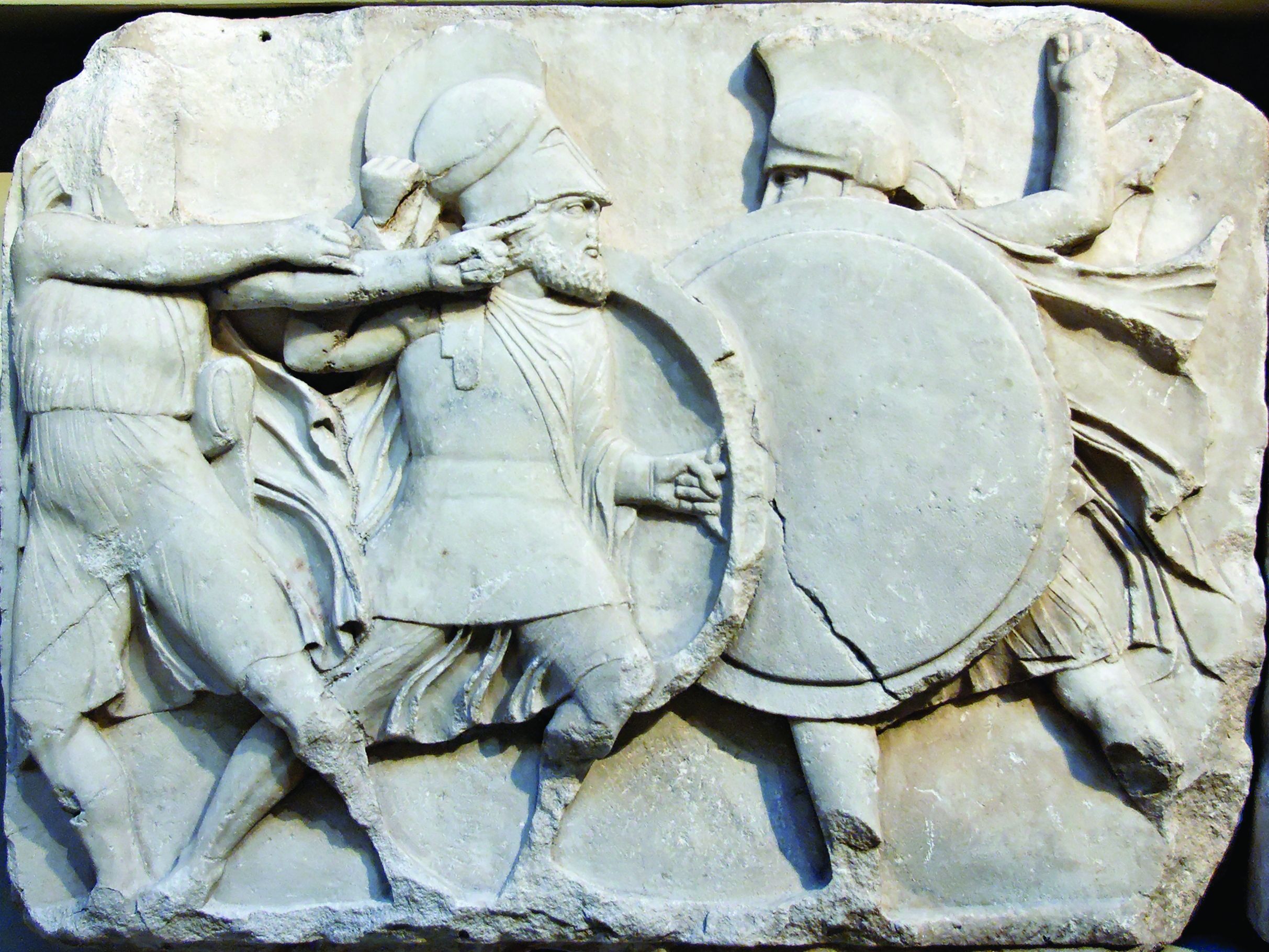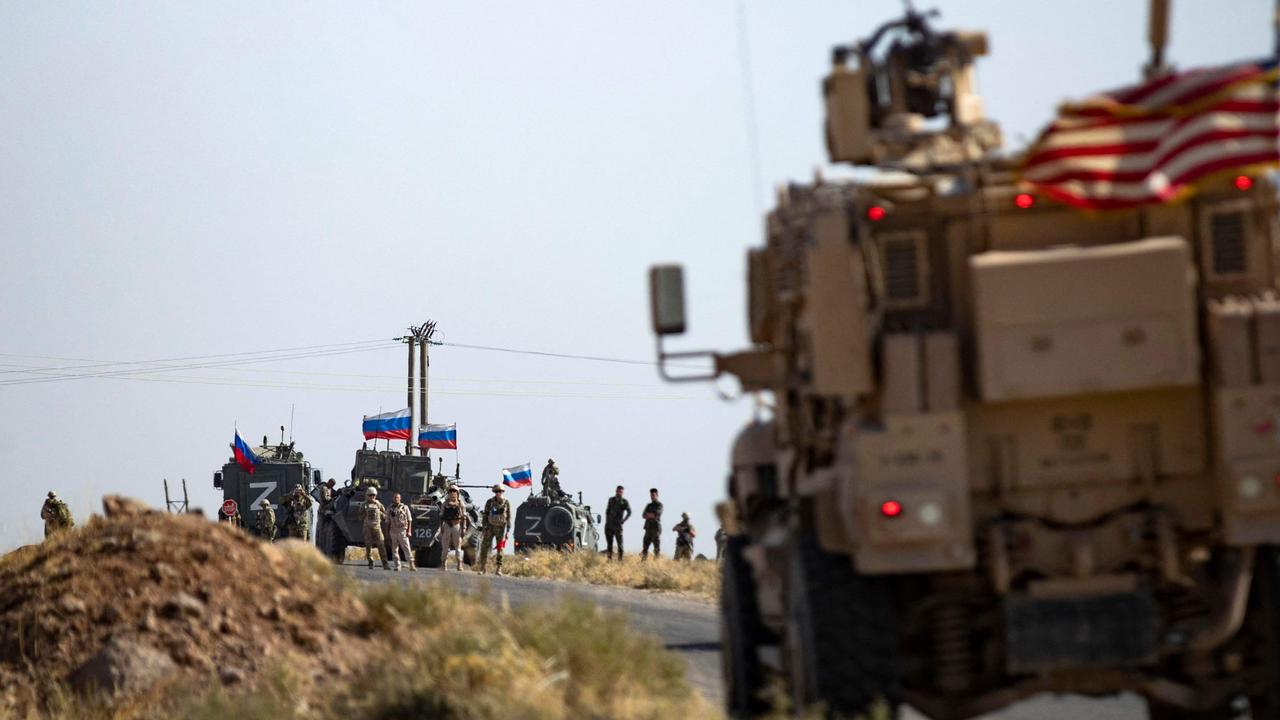Athens Military Strength - In recent weeks, tensions have been rising in the Aegean Sea due to a dispute between Greece and Turkey over energy reserves in the eastern Mediterranean. In July, Turkey sent a research vessel called
For drilling in the disputed waters between the Turkish coast and the Greek island of Kastellorizo. He
Athens Military Strength

Aggressive, non-lethal military clashes are nothing new for the two NATO members, although recent incidents and spats have raised concerns within the alliance and the European Union. Ankara has just announced
Greek World 500 440 Bce Complete Hsc Study Notes
It will extend its voyage for 15 days, with operations in Kastellorizo and the Greek island of Rhodos, together with its naval escort, before returning to port. This is likely to create even greater tensions with Athens.
Military encounters between the two countries have turned violent in the past, most notably in 1996, when a Greek Mirage 2000 fighter jet shot down a Turkish F-16, killing one of its crew members. Another serious incident occurred in 2006 when Greek and Turkish F-16s collided, the Turkish pilot survived and his Greek counterpart lost his life.
As tensions rise, the infographic below compares the two countries' military strength using a variety of sources, including an interesting overview compiled by The Drive. Turkey is likely to have an advantage in any confrontation due to its recent experience in the Syrian conflict, although it may also be weakened by the 2016 coup attempt, which lost a significant number of experienced officers, especially in the Air Force.
Yes, it allows you to easily integrate many infographics into other websites. Just copy and paste the HTML code that appears for the relevant statistic. Our standard is 660 pixels, but you can customize how the stats are displayed to fit your site by setting the screen width and size. Note that the code must be embedded in HTML code (not just text) for WordPress pages and other CMS sites. Photo: The destruction of the Athenian army by the Syracuses B.C. in 413 C. The Athenian generals Nicias and Demosthenes died.
Turkey And Greece Tensions Reach Boiling Point As Turkey Threatens War
In the 5th century BC BC, two large Greek city-states fought a decades-long war for supremacy. There were conflicting approaches to war and peace at play.
The wars between Sparta and Athens in the 5th century BC. C. pitted a city-state with the largest army in ancient Greece against another that boasted the most powerful fleet. However, Spartan and Athenian soldiers followed ways of warfare that differed in much more than a mere preference for fighting on land over sea. In fact, the distinctive approaches of a Spartan hoplite and an Athenian soldier to battle involved a wide range of tactics, only some of which were linked to the traditional division of the coast.
) and promoted a powerful combination of tough physique and iron fighting philosophy. But the Spartan way of war was not just about toughness, strength, or outstanding individual weapon skills. Superior tactics also played a key role: discretion was often the better part of valor for the Spartans. They were experts at evaluating battle options, and if they didn't like them, they went home without a fight.

Despite its tough image, Sparta had a longer history of avoiding armed precedent than any other Greek city-state. It was not uncommon for Spartan commanders to retreat before crossing the enemy line if the rush was bad. And even on the edge of combat, you may choose to avoid action. The Spartan king Agis II (427-400 BC) once said, "Spartans do not ask how many enemies there are, only where they are," but on at least four occasions he personally refused to engage with the enemy.
Athens Vs Sparta
The ancient Greeks fought in a compact linear formation or phalanx as armored spearmen known as hoplites. These hoplites were protected from the ankles by bells, breastplates, shields and helmets, standing side by side in lines that could be hundreds of men wide. This allowed them to present a broad front that was difficult to overlap or overcome. But there was a limit to how thin a lineup could be without falling into disarray. Therefore, most Greeks tried to form a line at least eight men deep to support the fight. The Spartans, however, could effectively advance and maneuver in four-man lines. Those in the first three ranks struck the front of the enemy with their lances overhead, and the fourth rank joined in twos and threes pressing their shields against their comrades' backs in a united effort to push through the gap. opposition, called tactics
. This ability to maneuver when manual labor was scarce led to success on several occasions, most famously against the much larger Arcadian army at Dipea in 464.
A Spartan hoplite in full armor wears a Corinthian helmet and carries maces, spear, sword and shield in this watercolor by Peter Connolly.
Most of the Greek army advanced with the men shouting cheers and issuing distinctive war cries. Then they would do the last meters in head-to-head action. Instead, the Spartans advanced slowly in measured steps to the sound of flutes and the rhythmic chant of battle poetry. This allowed them to maintain excellent order throughout the engagement. Furthermore, the Spartans considered the races of their opponents amateurish, displaying false bravado to dispel fear. His deliberate and disciplined pace was meant to establish immense confidence and deadly menace. So alarming was this approach that many of the enemy broke and fled before the first contact.
Chart: Aegean On Edge: Greek & Turkish Military Strength Compared
Spartan hoplites followed a natural impulse to approach the right man when they went into battle. They did this to get better coverage from the shield on his left arm. This tendency caused the phalanxes to fade to the right as they advanced, often causing the sides of the formation to overlap each other at opposite ends of the field. The Spartans took advantage of this by deliberately increasing their movements to the right. They would combine the movement with a well-crafted rotation of elite troops on the extreme right to reel in the enemy's left flank. Once engulfed, he would break the encircled flank and run, causing the enemy's phalanx to collapse.
In addition to exploiting the common phenomenon of drifting to the right, the Spartans also employed more unique schemes on the battlefield. King Agis once changed the units in his formation during an advance. Attempting this in the face of the enemy suggests that the Spartans believed such dangerous moves were within their capabilities. The Athenian general Cleandridas defeated the Italian tribes in B.C. In 433, a contingent of hoplites hidden behind his phalanx. This disguised his true strength and, once engaged, enabled him to turn his men against the enemy's flank to cause defeat.
The bravest Spartan battle maneuver was to enter and withdraw in the middle of the battle. All other Greek armies avoided this for fear of inviting disaster. The Spartans, however, not only managed to get out of their desperate positions with minimal losses, but also feigned maneuvers and tricked the enemy into breaking formation and pursuing them. Herodotus mentioned these false retreats at Thermopylae in B.C. in 480 The Spartans then turned each time and wiped out the overeager Persians, who fell into premature and disorderly activity. Plato said that the Persians also suffered from this trick of the Spartan at Plataea a year later.
The Spartans severely punished those who broke ranks to continue their pretended retreat, they themselves were not persecuted at all. First, they saw no benefit in risking precious lives in pursuit of an already defeated enemy. Also, staying on the battlefield allowed them to own the field at the end of the day. This was the universally accepted definition of formal victory in the Greek war. Finally, by holding the formation, the Spartans could quickly reform on another front, allowing them to launch a second attack against any opponent still intact.
What Is The Difference Between Athens And Sparta
The Spartans were well aware that success on the battlefield could bring a special danger in the form of friendly fire. Helmets limited vision and the noise of battle was terrible, making it easier for hoplites to confuse friend and foe in mixed ranks. Thucydides mentioned one such tragic incident when the Athenian right flank was surrounded at Delion, B.C. in 424 One way the Spartans reduced this risk was to adopt uniform equipment to make them easier to identify in the heat of a melee. For this, they wore red clothes that were very impressive. Their capes could also be red; however, these uncomfortable garments were rarely, if ever, used in combat. The Spartans also painted large devices for identification on their shields, the most famous being the Greek letter lambda. Shaped like an inverted "V", it was the first letter of "Lazedemon", which was the ancient Greek name of Sparta.
Two Greek warriors clash shields as an archer shoots an arrow to the left. Shields were always carried on the left arm.
Sneak attacks were not
Singapore military strength, united states military strength, us military strength, military strength, china military strength, uk military strength, athens military, current us military strength, military strength training, military strength of india, countries military strength, athens military museum

0 Comments